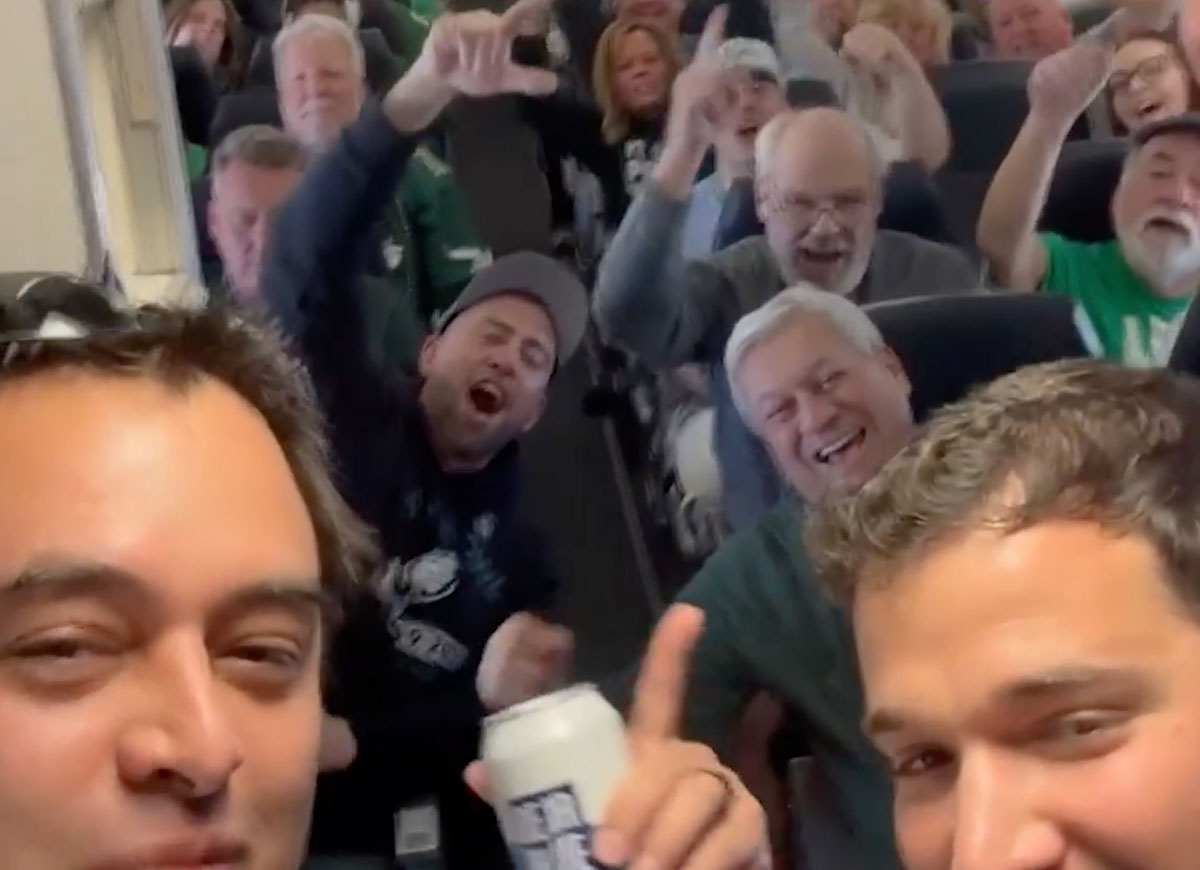Alice Cooper Remembers Andy Warhol Painting In Storage For 40 Years
Rock star Alice Cooper has rediscovered an Andy Warhol pice that had been sitting in the “School’s Out” singer’s storage locker for at least 40 years. The silkscreen, titled “Little Electric Chair” could be worth millions.
In an interview with The Guardian, Cooper’s long-time manager and music industry mogul Shep Gordon detailed the story behind the forgotten treasure.
The silkscreen, which is based off of a newspaper image of an electric chair from Sing Sing prison in New York, was originally gifted to Cooper by his girlfriend at the time Cindy Lang. Cooper, Lang, and Warhol were all friends, and Lang thought the image looked similar to a prop electric chair Cooper used on stage.
“It was back in ’72 and Alice had moved to New York with his girlfriend Cindy Lang,” Gordon told The Guardian. “Andy was kind of a groupie and so was Alice. They loved famous people. So they started a relationship, and they loved to hang out.”
Lang approached Gordon and asked him for the $2,500 Warhol asked for the print.
“It was a rock ‘n’ roll time, none of us thought about anything,” Gordon said. “[Cooper] ends up going to an insane asylum for his drinking and leaves New York for L.A.”
“Alice says he remembers having a conversation with Warhol about the picture. He thinks the conversation was real, but he couldn’t put his hand on a Bible and say that it was.”
The piece ended up in storage with some of Cooper’s touring equipment, where it stayed, rolled up in a tube, for nearly 40 years.
Four years ago, Gordon was advised by a friend to retrieve it after hearing that a print from the same collection – Warhol’s Death and Disaster series – sold for more than $11 million.
While the Warhol piece still remains in storage – after finding out how much it was worth, Cooper didn’t feel comfortable hanging it in his home – it may not be for long. The 22×28 inch piece is unsigned and will need to be authenticated before it can be sold, especially for such a high buying price.
The Andy Warhol Foundation for the Visual Arts, the organization that used to be responsible for authenticating Warhol paintings, stopped authenticating work in 2011 after a legal dispute.
“I’m 100 percent [sure that it’s authentic],” Richard Polsky told The Guardian. “it looks right, and the story just makes too much sense. It’s hard to appreciate how little Warhol’s art was worth at the time. Twenty-five hundred was the going rate at the time.”
“Why would Andy give him a fake.”
According to Gordon, Cooper may consider hanging the piece up in his home when he returns from his tour in December.
RELATED ARTICLES
Get the most-revealing celebrity conversations with the uInterview podcast!




 by
by 



Leave a comment